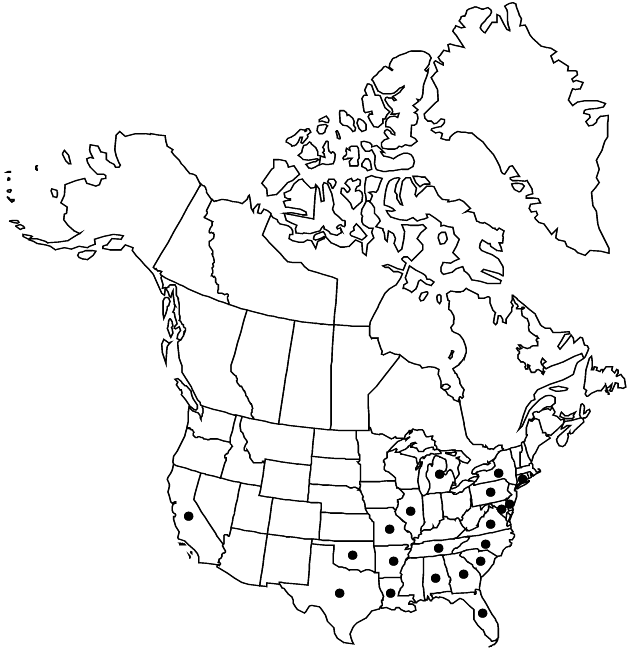Difference between revisions of "Cosmos sulphureus"
Icon. 1: 56, plate 79. 1791.
FNA>Volume Importer |
FNA>Volume Importer |
(No difference)
| |
Revision as of 18:48, 24 September 2019
Plants 30–200 cm, glabrous or sparsely pilose to hispid. Leaves: petioles 1–7 cm; blades 5–12(–25) cm, ultimate lobes 2–5 mm wide, margins sparsely spinulose-ciliate, apices apiculate. Peduncles 10–20 cm. Calyculi of spreading-ascending, linear-subulate bractlets 5–7(–10) mm, apices acute; Involucres 6–10 mm diam. Phyllaries erect, oblong-lanceolate, 9–13(–18) mm, apices acute to rounded-obtuse. Ray corollas intensely yellow to red-orange, laminae obovate, 18–30 mm, apices ± truncate, denticulate. Disc corollas 6–7 mm. Cypselae 15–30 mm, usually hispidulous, rarely glabrous; pappi 0, or of 2–3 widely divergent awns 1–7 mm. 2n = 24, 48.
Phenology: Flowering summer–fall.
Habitat: Disturbed sites
Elevation: 0–1000 m
Distribution

Ala., Ark., Calif., Conn., Del., Fla., Ga., Ill., La., Md., Mich., Mo., N.Y., N.C., Okla., Pa., S.C., Tenn., Tex., Va., Mexico, also introduced in West Indies, Central America, South America, Asia, Africa, Pacific Islands.
Discussion
Selected References
None.